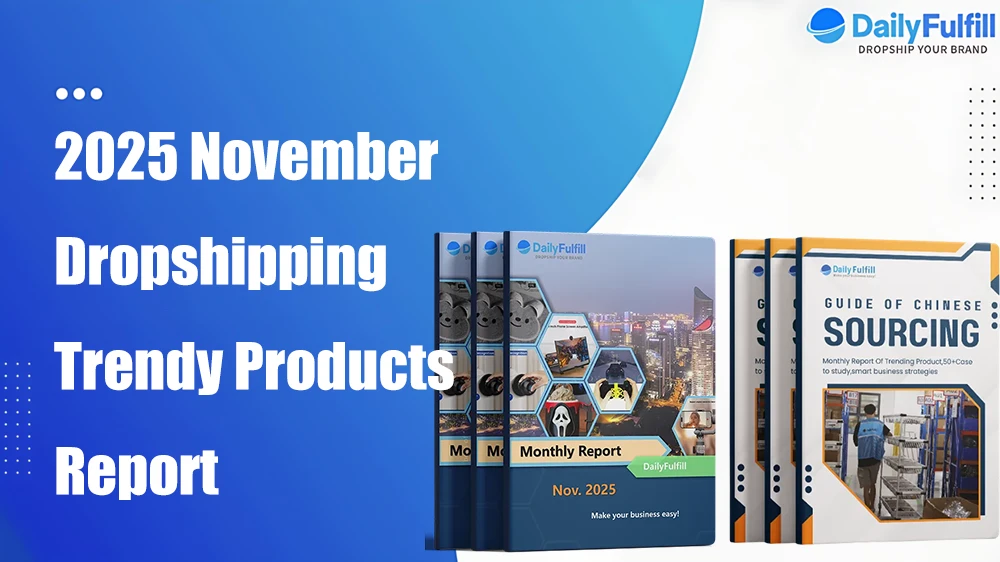
Dropshipping pricing strategy
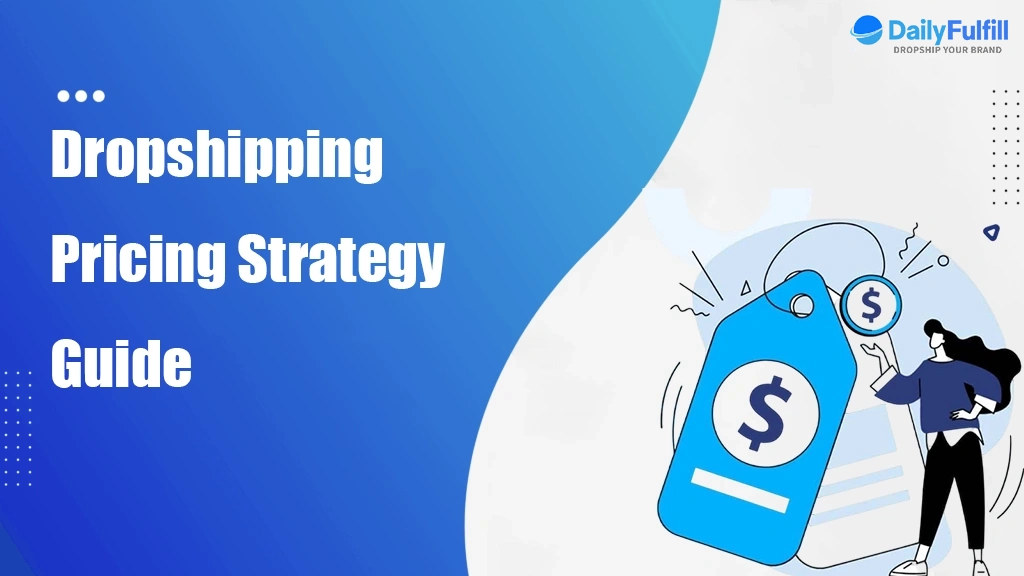
Pricing is especially important in dropshipping because it directly affects your profits and competitiveness. Pricing is more than just picking numbers. It’s about understanding costs, customer behavior, competition, and profitability. Set prices too low, and you might lose money. Set prices too high, and customers might go elsewhere.
Whether you are just starting out as a dropshipper or you are expanding your store, a well-thought-out pricing strategy can help you succeed in a competitive market.
In this article, we’ll explore the dropshipping pricing strategy, how to set the right prices for your dropship products and avoid common mistakes.
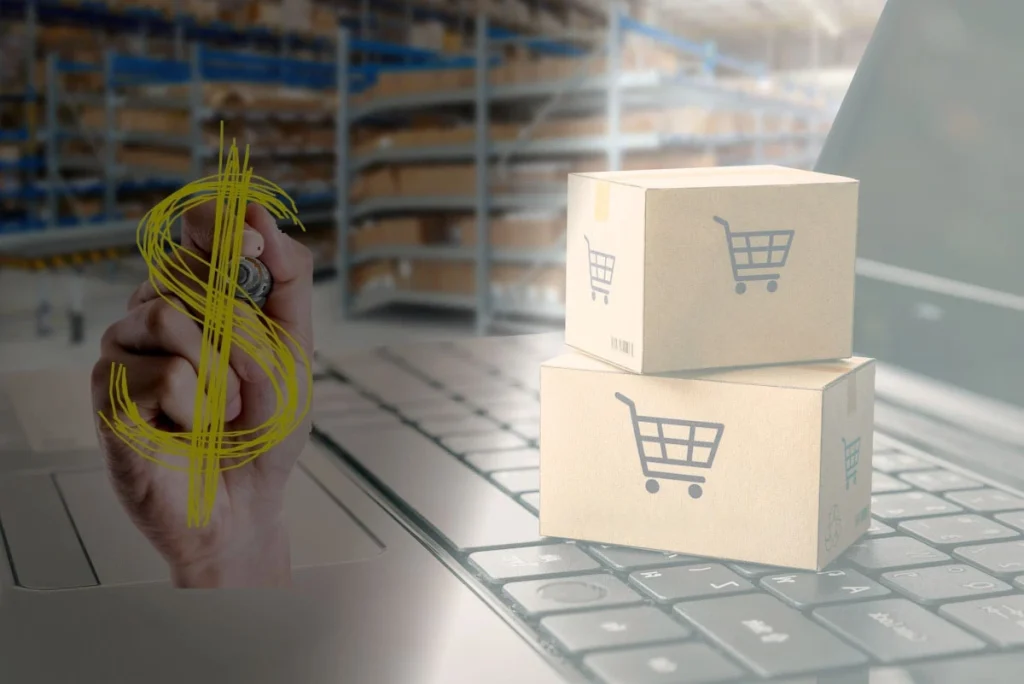
Understanding the Dropshipping pricing strategy
Before you price your products, it’s important to understand all of the costs involved in running a dropshipping business. These costs fall into two main categories: product-related costs and marketing expenses. Understanding your full cost structure will help you price your products correctly and ensure you’re profitable. Many new dropshippers make mistakes like ignoring hidden costs, copying a competitor’s prices, or undercutting prices in order to make a quick sale. These mistakes can hurt profits and make it difficult for a business to grow successfully.
Product price
This is the amount you pay the supplier for the product. In a dropshipping business, this amount is usually higher than the wholesale price but lower than the retail price.
Shipping costs
Some suppliers include shipping in their prices, others charge for it separately. If there is an international shipping fee, please take that into account.
Platform fees
If you use Shopify, WooCommerce, or a marketplace like Amazon or eBay, you may encounter fees (subscriptions, transactions, etc.).
Marketing costs
Think about Facebook ads, Google Shopping, Instagram marketing, and email marketing. These should all be baked into your pricing model.
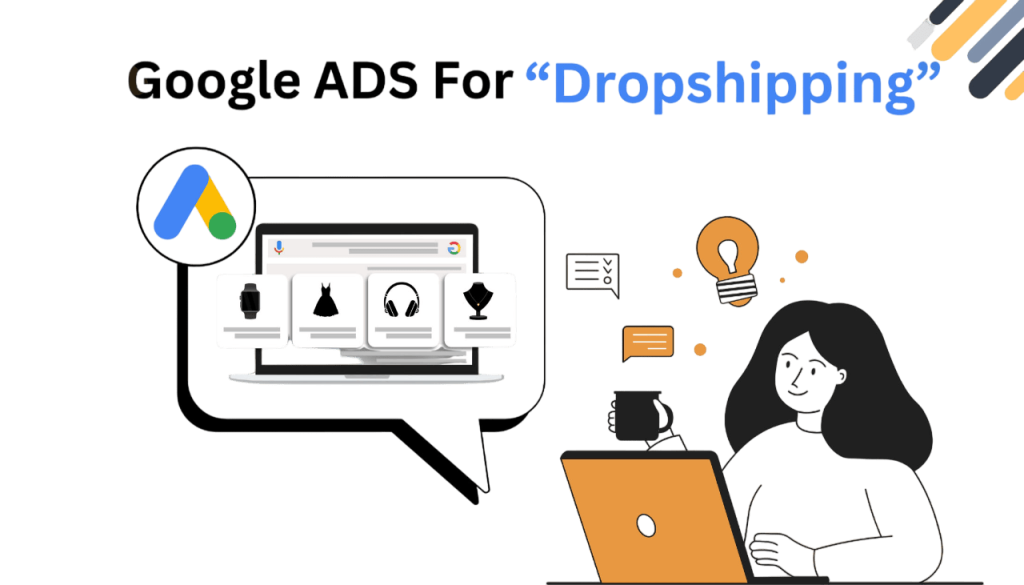
Hidden costs
These factors include returns, refunds, or tools (email software, apps, etc.). Ignoring these factors may result in underpricing.
By understanding all of these costs, you can develop a smart pricing strategy to cover your expenses, make a profit, and keep your business growing
Common direct selling pricing strategies
Mark-up Pricing
Markup pricing involves adding a dollar amount or percentage to the cost of a product to set the sales price. There are several ways to markup:
Percentage-based markup:
Add a fixed percentage (e.g. 100%) to the product cost. If the cost of a product is $10, then the selling price is $20.
Fixed markup:
Add the same amount to every product, such as $10 per unit, regardless of the original cost.
Keystone Markup:
A traditional retail method that simply doubles the wholesale cost (100% markup).
Tiered pricing:
Set different markups based on product price ranges. For example, lower-priced products can receive a higher percentage markup, while higher-priced products receive a lower percentage markup.
Competitive pricing
This strategy involves checking what your competitors are charging for the same or similar products and pricing your items accordingly. Here’s how it works:
Research your competitors on platforms like Amazon, eBay, or Shopify stores.
Compare features, product quality, and shipping options.
Set a price that is both valuable and profitable.
This strategy works well in saturated markets where customers frequently compare prices.
Value-based pricing
With value-based pricing, you base your price on the value of your product in the eyes of your customers, not just its cost. This approach works best when you’ve built a strong brand.
Your product has unique features (e.g., better design, packaging, or service).
Customers perceive your product as higher quality or more useful than cheaper alternatives.
This strategy can lead to higher profits, especially when targeting a niche market or loyal customers.
Dynamic pricing
Dynamic pricing is when prices are adjusted based on factors such as demand, season, or promotions.
For example:
Increase prices during peak seasons, such as holidays.
Reduce the prices of slow-selling products.
Adjust based on trends or customer interests.
This strategy requires careful monitoring, but can help you remain flexible and maximize profits.
Each of these strategies has its advantages, and many dropshippers use a mix of them depending on their products, audience, and market.
A/B testing different price points
Price split testing can help you find the sweet spot for conversion rate and profit. You can use the following tools:
Google ads
Conversions (for Shopify or WooCommerce).
The test prices are as follows:
$29.99 vs. $34.99
Free Shipping vs. Lower Product Prices
Bundle prices vs. single item prices
Tip: Keep all other variables (product images, descriptions, etc.) constant during testing.
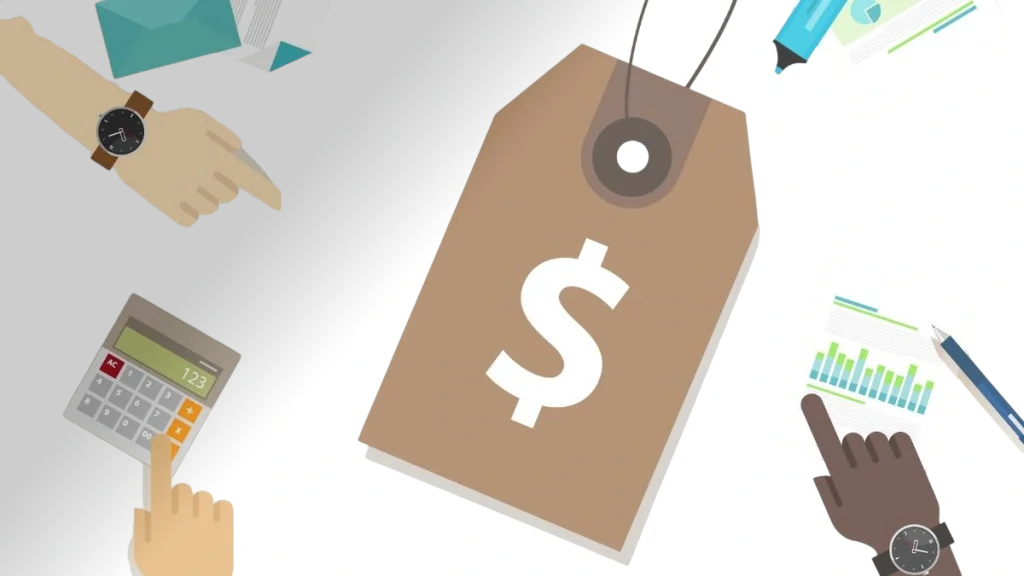
Factors to consider when pricing
Developing the right price isn’t just about covering costs; it’s also about understanding your market and how your products fit into it. Here are the key factors to consider when developing prices for your dropshipping store:
Target Market
Who are your customers?
Your pricing should reflect the type of customer you’re targeting. If your target customers are budget-conscious shoppers, your prices need to be affordable. If your target customers are at the high end of the market or a niche market, customers may be willing to pay more for better quality, brand, or service. Be sure to consider your target customers’ expectations and spending habits.
Market competition
What are your competitors doing?
Check out other sellers’ pricing for similar products. Do they offer free shipping, discounts, or bundles? While you don’t have to copy their pricing, you should keep your prices competitive. If your pricing is higher, be sure to offer some extra perks, like faster shipping, better service, or a unique brand identity.
Product uniqueness
Does your product stand out?
If your product is unique—customized, better quality, or hard to find—you can raise your price. Unique products create a higher perceived value, which can increase profit margins. On the other hand, if your product is easy to find, you may need to lower your price or add value to stay competitive.
Geographical considerations
Where do you sell and ship?
Your pricing may vary by country or region. Shipping costs, taxes, and purchasing power vary by region. For example, you may need to increase your price to cover international shipping costs, or offer local pricing in a different currency. Also, consider delivery speed and regional demand when pricing.
By keeping these factors in mind, you can develop a pricing strategy that fits your market, supports your brand, and helps your business grow.
Pricing Optimization Tools
You can’t manage what you can’t measure. Price optimization tools can help you set better prices, track your competitors, test conversion rates, and make automatic adjustments. Whether you’re a startup or scaling, using the right tools can take you from barely breaking even to running a profitable, data-driven dropshipping business.
Here’s a breakdown of the best tools to enhance your pricing strategy:
Shopify Dedicated Pricing App
If your store is built on Shopify, you’re in luck — there’s a massive ecosystem of apps that can help you test, manage, and optimize your pricing.
Hextom
It’s great for changing prices across hundreds of SKUs at once. It includes bulk editing by collection, vendor, price range, and more
Prisync
This app tracks competitive pricing in real time and lets you dynamically adjust your prices to stay competitive. It is ideal for sellers in saturated markets.
Price 2 spy
A robust price monitoring and repricing tool. Key features include:
- Competitive tracking (manual or automatic)
- Price change alerts
- Dynamic pricing rules
- Historical data and analytics
Supports Shopify, WooCommerce, Magento, and even custom stores.
Informed.co
Initially built for Amazon, Informed offers rule-based and algorithmic repricing. Perfect for maintaining a competitive edge in fast-moving categories.
How to choose the right pricing strategy

At DailyFulfill, we help dropshippers succeed by providing quality products, reliable shipping services, and strong support for dropshipping pricing strategy. Choosing the right pricing strategy is key to standing out, making a profit, and growing your brand.
We know that while profits are important, keeping your customers happy is just as important to long-term success. Here are some practical tips to help you increase profits without losing customers:
1. Offer bundled deals
Encourage customers to buy more by offering bundles. For example, “buy two, get one free” or “save 10% on a bundle.” Bundling can increase average order value while giving customers a sense of added value.
2. Create value through branding
Strong branding can help you stand out and increase your sales. Use custom packaging, eye-catching logos, and professional store design. When customers trust your brand, they’re more willing to spend a little more.
3. Take advantage of limited-time offers
Create a sense of urgency with limited-time discounts or flash sales. This encourages customers to act quickly, which can boost sales quickly. Use phrases like “only 24 hours left” or “while supplies last” to create a sense of urgency.
4. Encourage Repeat Business
Repeat customers are more profitable than new ones. Use loyalty programs, thank-you emails, or discount codes for future purchases to attract repeat customers. Excellent customer service and quick responses also help build trust and loyalty.
5. Focus on perceived value
Rather than lowering prices, increase value. Offer free shipping, giveaways, or more clearly highlight the benefits of your product. Customers often care more about value than price.
Successful dropshipping requires a carefully crafted pricing plan. It should be adaptable enough to change over time and balance perceived value, market competitiveness, and profitability. You can develop pricing plans that attract customers and retain your company by understanding your costs, researching your competitors, applying innovative pricing strategies, and leveraging the right resources. Remember, to stay competitive, pricing is an ongoing process that must be monitored, evaluated, and improved.
Partner with DailyFulfill to get quality products, professional support, and flexible solutions to help you dropshipping pricing strategy with confidence and grow successfully. Contact us today to start your journey!
DailyFulfill is your Best Dropshipping Partner
- 24/7 customer support
- 100% quality guarantee
- 1400+ professional clients
- 8400 m² fulfillment center
- 59960+ Sku of products
- 12+ dropshipping experience
Recent posts
Dropshipping profit margins are typically 15% to 40%, depending on the item and region. To be sustainable, the goal is to achieve a profit margin of at least 20% after deducting all costs.
Consider the cost of goods, shipping costs, marketplace fees, marketing expenses, and expected profits. Then, think about competitive pricing and your brand positioning before finalizing.
In the long run, value is king. Competing solely on price will reduce your profits. Instead, you should highlight unique offers, packages, and customer experiences.
Review prices monthly or quarterly, or whenever supplier costs, freight rates, or competitor prices change. Use analytics tools to test and improve regularly.
Yes, as long as you are transparent about it. You can use reasons such as increased costs or limited-time offers. When you increase prices, communicate clearly and provide added value.


